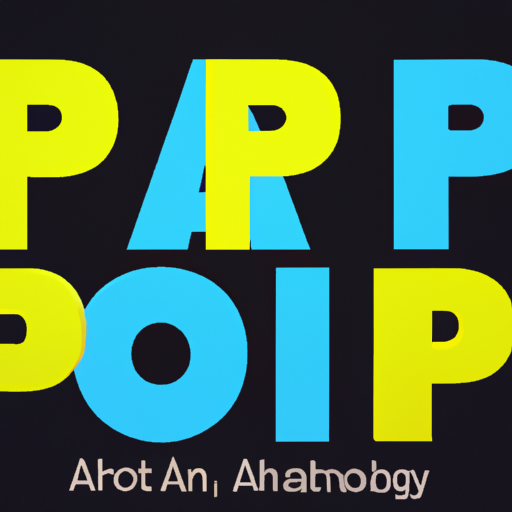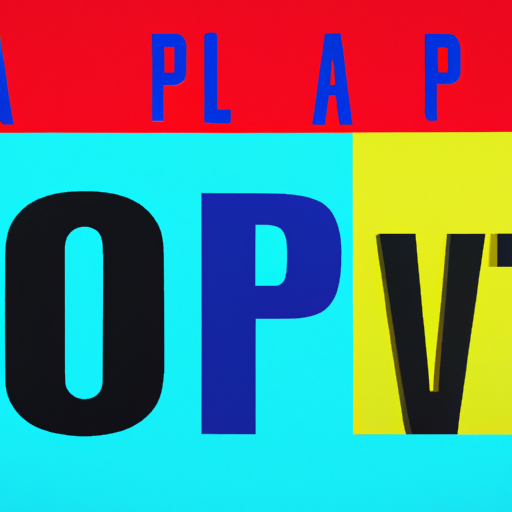
-
Table of Contents
- Mixing Fonts Creatively: Typography in Graphic Design
- The Importance of Typography in Graphic Design
- The Art of Mixing Fonts
- 1. Choose Fonts with Complementary Styles
- 2. Consider Font Weights and Sizes
- 3. Limit the Number of Fonts
- 4. Contrast Fonts with Different Characteristics
- 5. Experiment with Font Pairing Tools
- Examples of Creative Font Mixing
- 1. Apple
- 2. Vogue
- 3. Airbnb
- Case Studies: The Impact of Font Mixing
- 1. MailChimp
- 2. Medium
- Conclusion
Mixing Fonts Creatively: Typography in Graphic Design

Typography plays a crucial role in graphic design, as it has the power to convey emotions, enhance readability, and create a visual hierarchy. One of the most effective ways to make typography visually appealing is by mixing fonts creatively. By combining different typefaces, designers can add depth, contrast, and personality to their designs. In this article, we will explore the art of mixing fonts and provide valuable insights on how to create visually stunning typographic compositions.
The Importance of Typography in Graphic Design
Typography is more than just selecting a font; it is the art of arranging type in a visually pleasing and readable way. In graphic design, typography serves as a powerful tool to communicate messages effectively. Here are some reasons why typography is crucial in graphic design:
- Readability: Well-designed typography ensures that the content is easy to read and understand.
- Visual Hierarchy: Typography helps establish a visual hierarchy, guiding the viewer’s attention to the most important elements.
- Emotional Impact: Different fonts evoke different emotions, allowing designers to convey the desired mood or tone.
- Brand Identity: Typography plays a significant role in establishing a brand’s identity and recognition.
The Art of Mixing Fonts
Mixing fonts creatively can elevate a design from ordinary to extraordinary. However, it requires careful consideration and an understanding of the principles of typography. Here are some tips to help you master the art of mixing fonts:
1. Choose Fonts with Complementary Styles
When mixing fonts, it is essential to select typefaces that have complementary styles. Combining fonts with similar characteristics can create a harmonious and cohesive design. For example, pairing a serif font with a sans-serif font can create an interesting contrast while maintaining readability.
2. Consider Font Weights and Sizes
Varying font weights and sizes can add visual interest to your design. Mixing fonts with different weights and sizes can help establish a visual hierarchy and guide the viewer’s attention. For example, using a bold font for headings and a lighter font for body text can create a clear distinction between the two.
3. Limit the Number of Fonts
While mixing fonts can be exciting, it is important not to go overboard. Using too many fonts can create a chaotic and confusing design. It is generally recommended to limit the number of fonts to two or three to maintain consistency and coherence.
4. Contrast Fonts with Different Characteristics
Contrasting fonts with different characteristics can create a visually striking composition. Consider pairing a decorative script font with a clean and modern sans-serif font. The contrast between the two can add a touch of elegance and sophistication to your design.
5. Experiment with Font Pairing Tools
If you’re unsure which fonts work well together, there are several online tools available that can help you find complementary font pairings. These tools analyze the characteristics of different typefaces and suggest combinations that create a visually pleasing result. Some popular font pairing tools include Google Fonts, Adobe Typekit, and Fontjoy.
Examples of Creative Font Mixing
Let’s take a look at some real-world examples of creative font mixing in graphic design:
1. Apple
Apple is known for its sleek and minimalist design aesthetic. In their marketing materials, they often mix a bold and clean sans-serif font, such as Helvetica, with a more playful and rounded font, like San Francisco. This combination creates a balance between professionalism and approachability.
2. Vogue
Vogue, a renowned fashion magazine, often mixes fonts to create a sense of elegance and sophistication. They frequently pair a classic serif font, such as Didot, with a modern and minimalist sans-serif font, like Futura. This combination reflects the magazine’s timeless yet contemporary style.
3. Airbnb
Airbnb, a popular online marketplace for accommodations, uses a combination of fonts to convey a sense of trust and friendliness. They often mix a clean and modern sans-serif font, such as Circular, with a handwritten or script font, like Airbnb Cereal. This combination adds a personal touch to their brand identity.
Case Studies: The Impact of Font Mixing
Several case studies have demonstrated the positive impact of font mixing in graphic design. Let’s explore a couple of examples:
1. MailChimp
MailChimp, an email marketing platform, redesigned their website and introduced font mixing to their typography. They combined a bold and playful sans-serif font, Proxima Nova, with a more traditional serif font, Georgia. This change resulted in a 20% increase in sign-ups and a 10% decrease in bounce rates, indicating that font mixing can have a significant impact on user engagement and conversion rates.
2. Medium
Medium, an online publishing platform, also experimented with font mixing to improve readability and user experience. They combined a serif font, Charter, with a sans-serif font, Avenir Next. This combination resulted in a 40% increase in time spent on articles and a 25% decrease in bounce rates, highlighting the positive impact of font mixing on user engagement and content consumption.
Conclusion
Mixing fonts creatively is a powerful technique that can enhance the visual appeal and effectiveness of typography in graphic design. By carefully selecting complementary fonts, considering font weights and sizes, and experimenting with different characteristics, designers can create visually stunning typographic compositions. Real-world examples and case studies have shown the positive impact of font mixing on user engagement and conversion rates. So, don’t be afraid to experiment and push the boundaries of typography to create captivating designs that leave a lasting impression.
